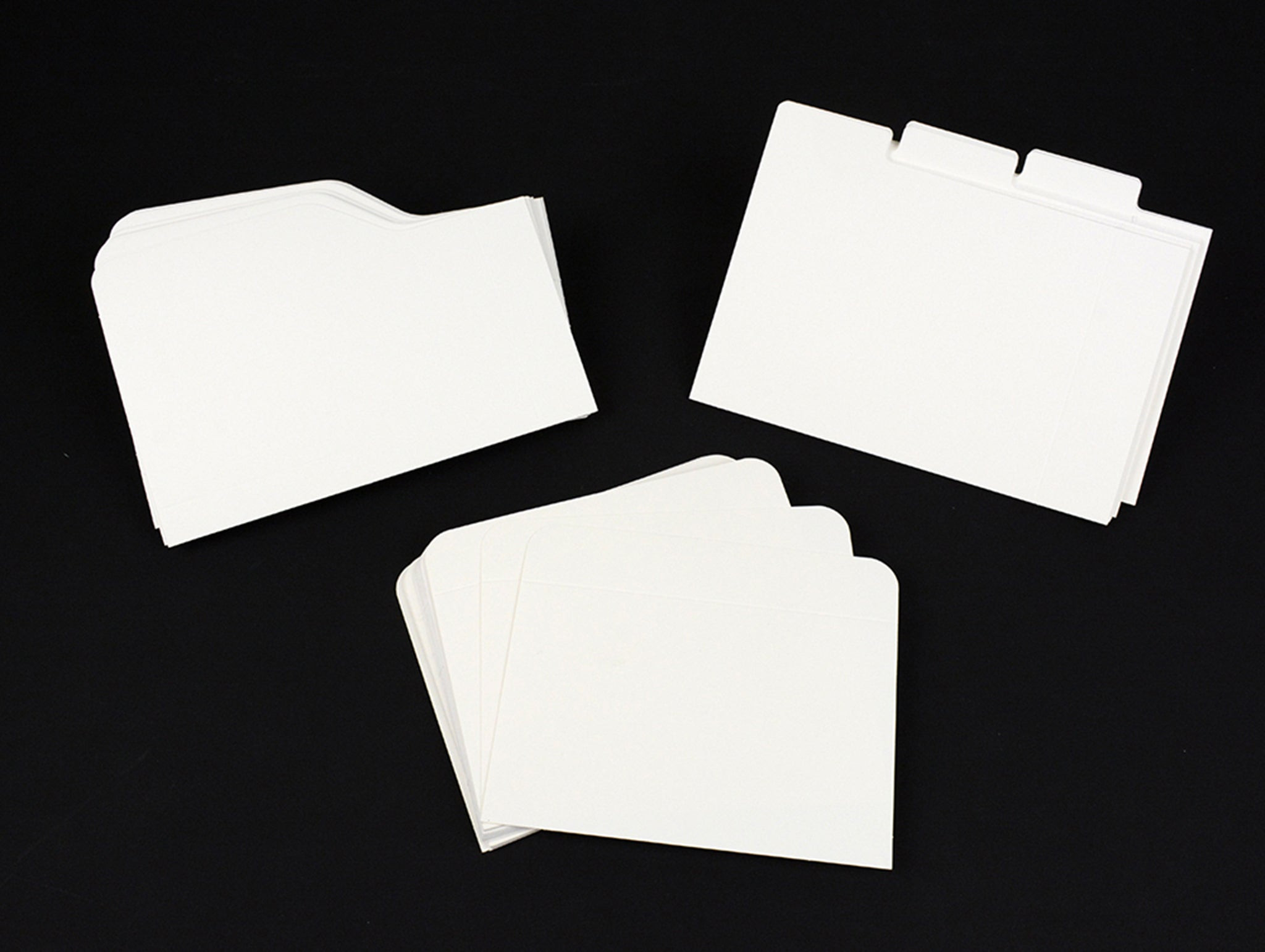In our increasingly digital world, it might seem almost quaint to think about preserving physical photographs. We live in an era where countless digital images can be stored on phones, computers, and in the cloud. Yet, there’s a unique and irreplaceable value in print photographs. They offer a tangible connection to our past, a way to hold memories in our hands, and a crucial backup to our often-ephemeral digital lives. Like many families, you might have boxes overflowing with photos capturing birthdays, vacations, and everyday moments. But how do you ensure these precious prints survive for future generations? Knowing how to store photos properly is essential to safeguard your visual history.
Why Print Photos Still Matter
While digital photo storage offers convenience, it also presents risks. Technology evolves rapidly, and formats change. Will future generations be able to access your cloud accounts or old hard drives? “We don’t know what form digital photography is going to take in 100 years, or whether our grandchildren are going to access our hard drives or cloud accounts,” warns Marguerite Roby, photograph archivist at the Smithsonian Institution Archives. “I think there’s a big risk of losing a lot of digital photography, unless you’re really good at keeping up with it and making backups and printing your favorites.” Print photos, stored correctly, offer a robust and enduring alternative. They are a physical link to our personal history, sparking conversations and sharing stories with family for years to come. Choosing to thoughtfully store your photos is an investment in preserving these invaluable connections.
Key Factors for Long-Term Photo Storage
To give your photographs the best chance of enduring for decades, even centuries, several key factors come into play. Archival experts recommend focusing on print quality, careful curation, archival-quality storage materials, detailed metadata, appropriate writing tools, and safe storage locations.
Print Quality Matters
The longevity of your photos begins with the quality of the print itself. While no one can definitively say how today’s prints will age in 200 years, historical trends offer insights. Photos from the 1950s often develop a reddish hue, while 1970s prints tend to yellow, according to Roby. To maximize the lifespan of your new prints, opt for high-quality printing services. Nations Photo Lab is highly recommended for its color accuracy, detail, and use of long-lasting paper. They utilize Kodak Professional Endura Premier Photo paper and Fujifilm Fujicolor Crystal Archive Super Type PDN, both rated to last over 100 years in dark storage.
If you prefer printing at home, consider the Epson SureColor P700 photo printer. It produces excellent prints with pigment inks rated to last over 200 years when used with Epson’s fine-art photo papers. Investing in quality prints is the first step in ensuring your photos stand the test of time.
Curate Your Collection
Before you even think about storage, take time to curate your photo collection. Digital photography makes it easy to accumulate thousands of images, many of which may be redundant or less meaningful. A curated print collection, focused on the most important and cherished moments, is far more manageable and impactful. Think about the legacy you want to leave. Even saving just ten photos a year will result in a substantial collection of 800 photos by the time you reach 80.
Marguerite Roby aptly points out, “You can find thousands of pictures of the Eiffel Tower, but only this one of you in it. That has more historical importance.” When deciding which photos to keep, consider both personal and historical value. Does the photo spark joy, as Marie Kondo would ask? Are the subjects in focus and recognizable? Does the background (a childhood home, a significant location) or the event (a wedding, a graduation) add to its significance? Being selective will create a print collection that is truly meaningful and easier to manage.
Archival-Quality Storage
The materials you use to store your photos are crucial. Avoid ordinary shoeboxes or plastic containers. Instead, choose archival-quality boxes or albums that are acid-free and lignin-free. Lignin is an acidic compound found in wood-based paper that can degrade photos over time. Also, steer clear of dyes and recycled materials, which can also be harmful.
Archival Methods’s Short Top Boxes are excellent for box storage. They are stackable, made from acid-free boxboard, and available in various sizes. While clear plastic boxes might seem convenient, conservator William Bennett from the Smithsonian Institution Archives advises against them. The long-term interaction of plastic with photographs is still unknown, making time-tested paper boxes a safer choice.
For albums, look for options with acid-free plastic sleeves, such as the Pioneer Photo Albums 3-Ring Photo Album. Avoid albums that use glue or adhesives. Binder-style albums are advantageous as they allow for easy reorganization as your collection grows or changes. For particularly precious or already deteriorating photos, consider using Mylar sleeves for extra protection. Talas Mylar Sleeves are acid-free and come in standard photo sizes.
Metadata is Key: Index Cards
 A collection of lined index cards neatly stacked on a dark surface.
A collection of lined index cards neatly stacked on a dark surface.
Photos without context lose much of their value over time. While you might immediately recognize a photo of your child playing in your backyard, future generations may not. Adding metadata – the who, what, where, when, and why – provides crucial historical context.
Susie Riggs, senior image archivist at National Geographic, emphasizes the importance of metadata: “A lot of people are researching their family history. That’s the first place you can start, with those family photographs. You have to capture that information from the older generation immediately and keep sharing. Keep looking at those photographs and remember who they were, because they’re part of your personal history.”
Instead of writing directly on the back of photos, which can cause damage, use separate index cards. Archival Methods’s All-Purpose Index Cards are acid- and lignin-free and come with lines for date, subject, and place. Slip these cards behind photos in albums or between images in boxes to preserve vital information.
Writing Utensils: Pencils over Pens
 The Palomino Golden Bear #2 Pencil in blue, displayed against a white background.
The Palomino Golden Bear #2 Pencil in blue, displayed against a white background.
Surprisingly, archivists recommend pencils over pens for labeling photos. Pencil lead is less likely to fade or react negatively with photo paper over time. While archival-quality pencils are available, Rebecca Dupont, image archivist at National Geographic, suggests a standard No. 2 pencil. The Palomino Golden Bear #2 (Blue) is a recommended choice for its smooth writing and comfortable grip.
If you must write on the back of a photo, use a pencil lightly and write around the edges to avoid damaging the central image. Once written, avoid touching the pencil marks as they can smudge, though they are still more durable than ink in the long run.
Storage Location
The environment where you store your photos is just as important as the materials you use. Photos should be kept in climate-controlled areas, away from extreme temperatures and humidity. Avoid unfinished basements and attics, which are prone to temperature fluctuations and moisture. Dupont recommends an upstairs closet within your living space, where photos are less likely to be affected by flooding and are protected from direct sunlight by a door. Choosing a safe, stable location is crucial for long-term preservation.
Make Your Photos Accessible
Storing photos shouldn’t mean hiding them away never to be seen again. Keep your photos in an accessible location to encourage interaction and enjoyment. Create a gallery wall and rotate photos regularly. Display photos at family gatherings to spark memories and conversations. As Susie Riggs says, “It does take time to think about these pictures and remember them, and that’s part of the fun. This isn’t a way to put things away. This is a way to have them be seen more.”
By following these guidelines on how to store photos, you are not just preserving images; you are safeguarding memories, stories, and a tangible piece of your family history for generations to come. Take the time to organize and properly store your photos – it’s an investment in your past, present, and future.
